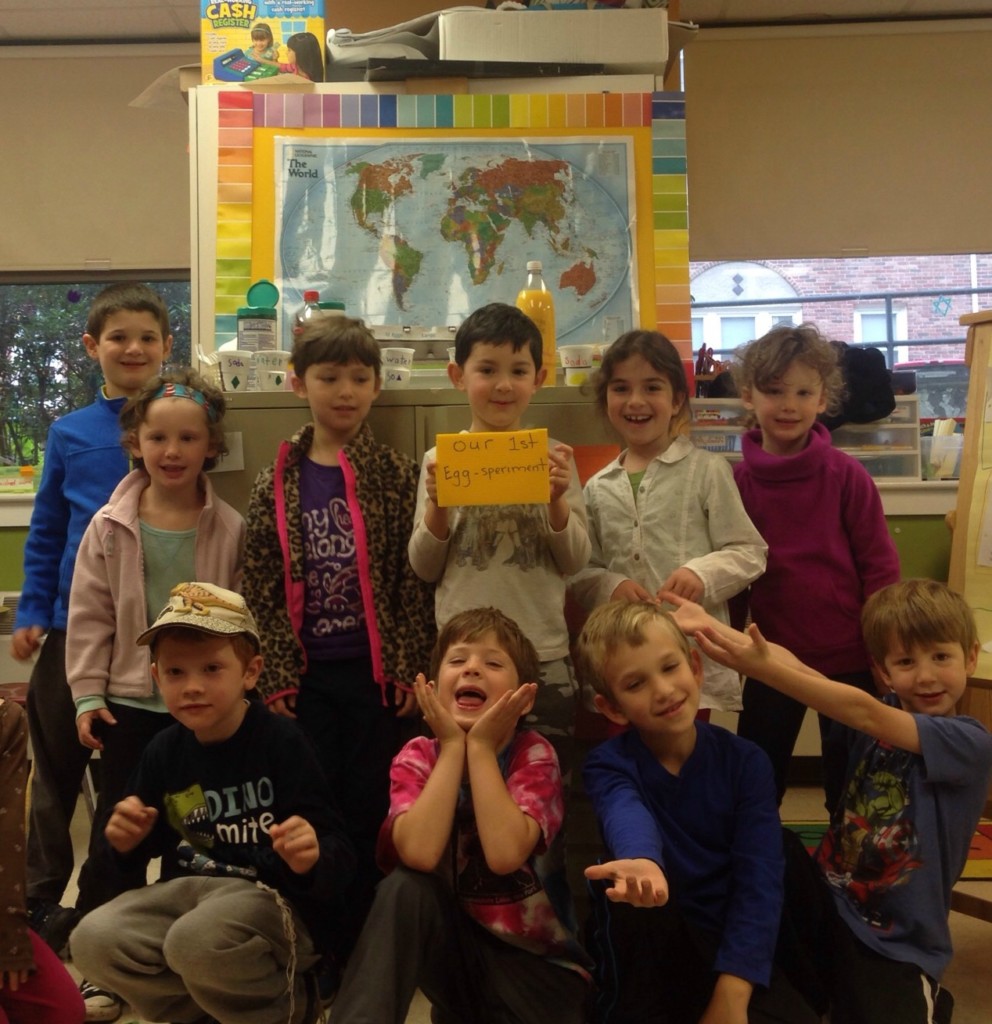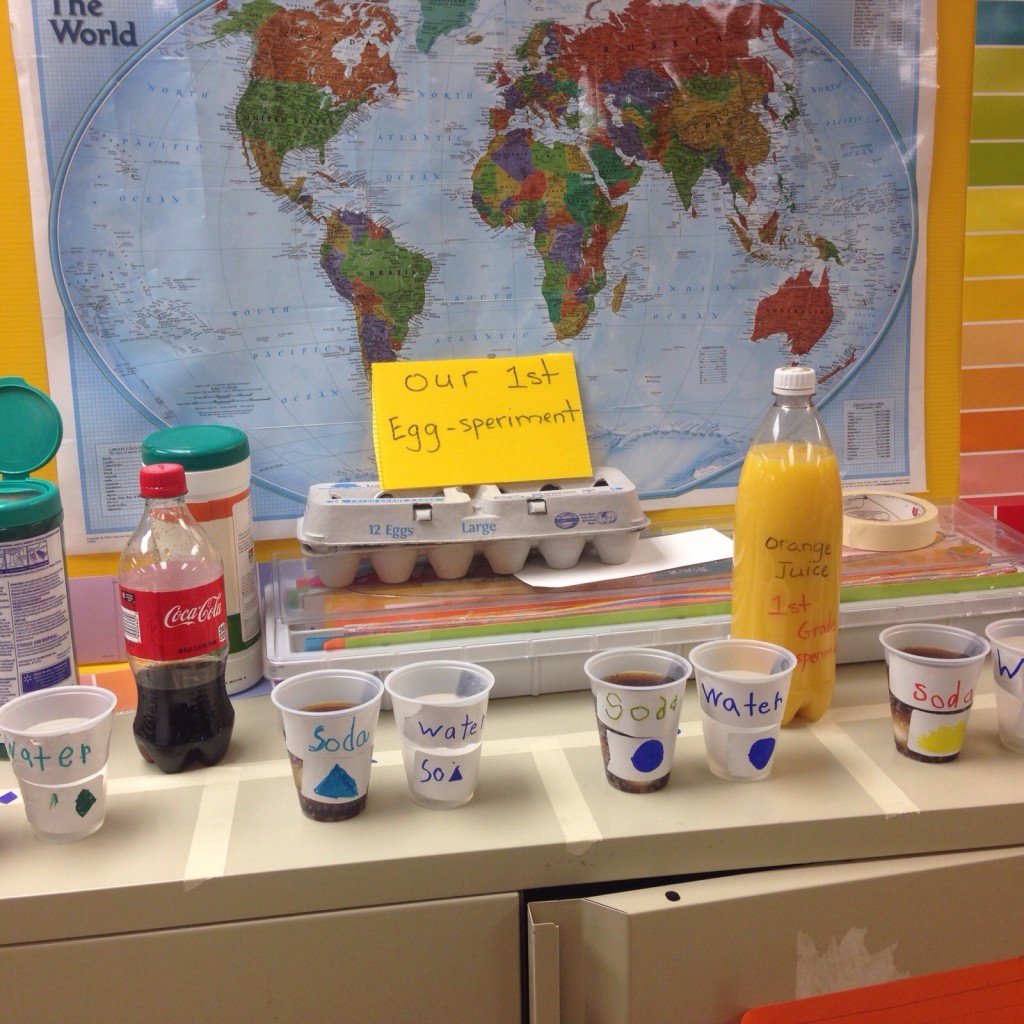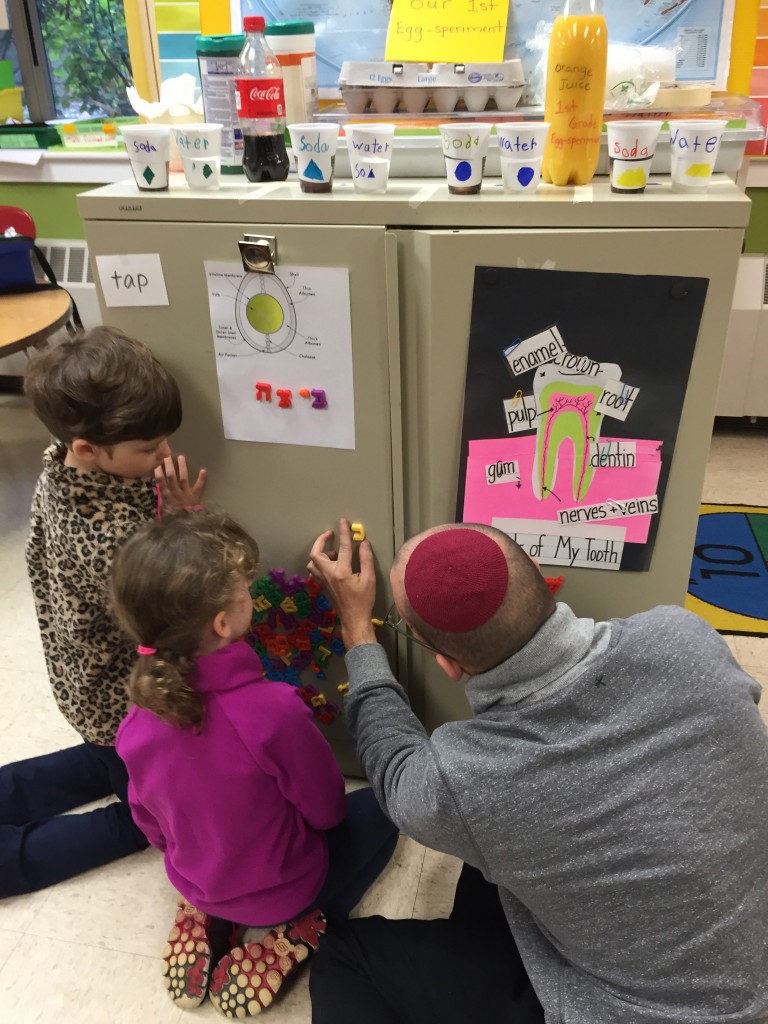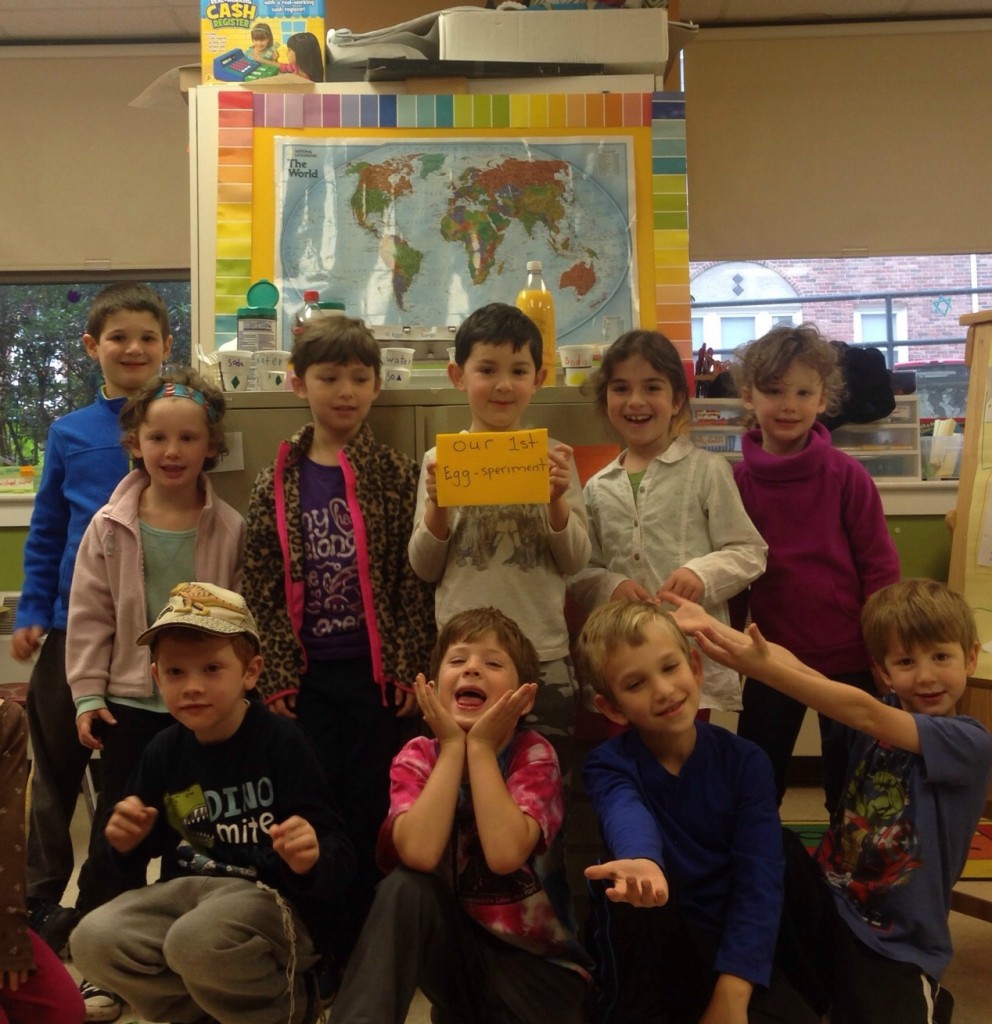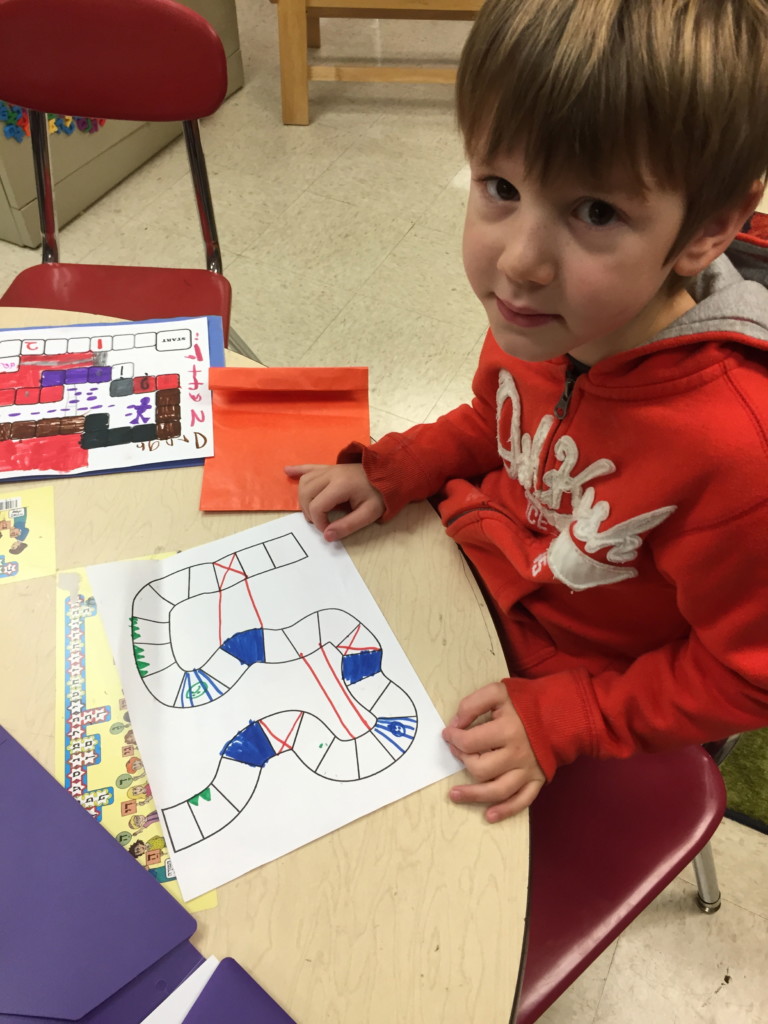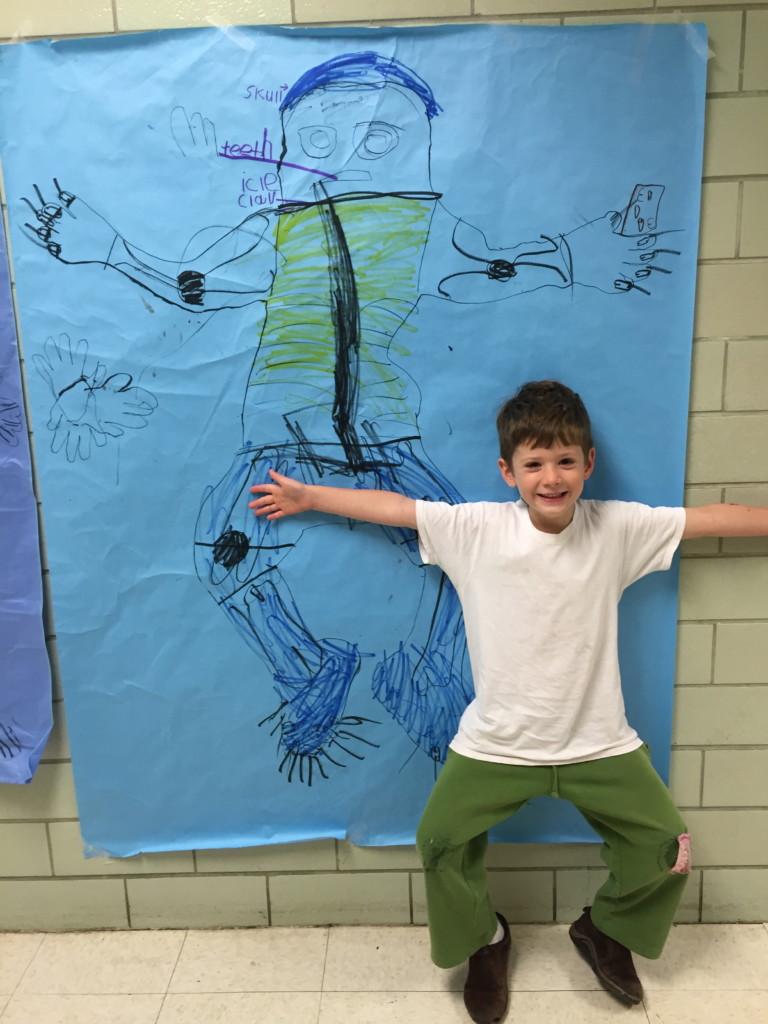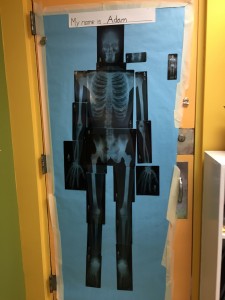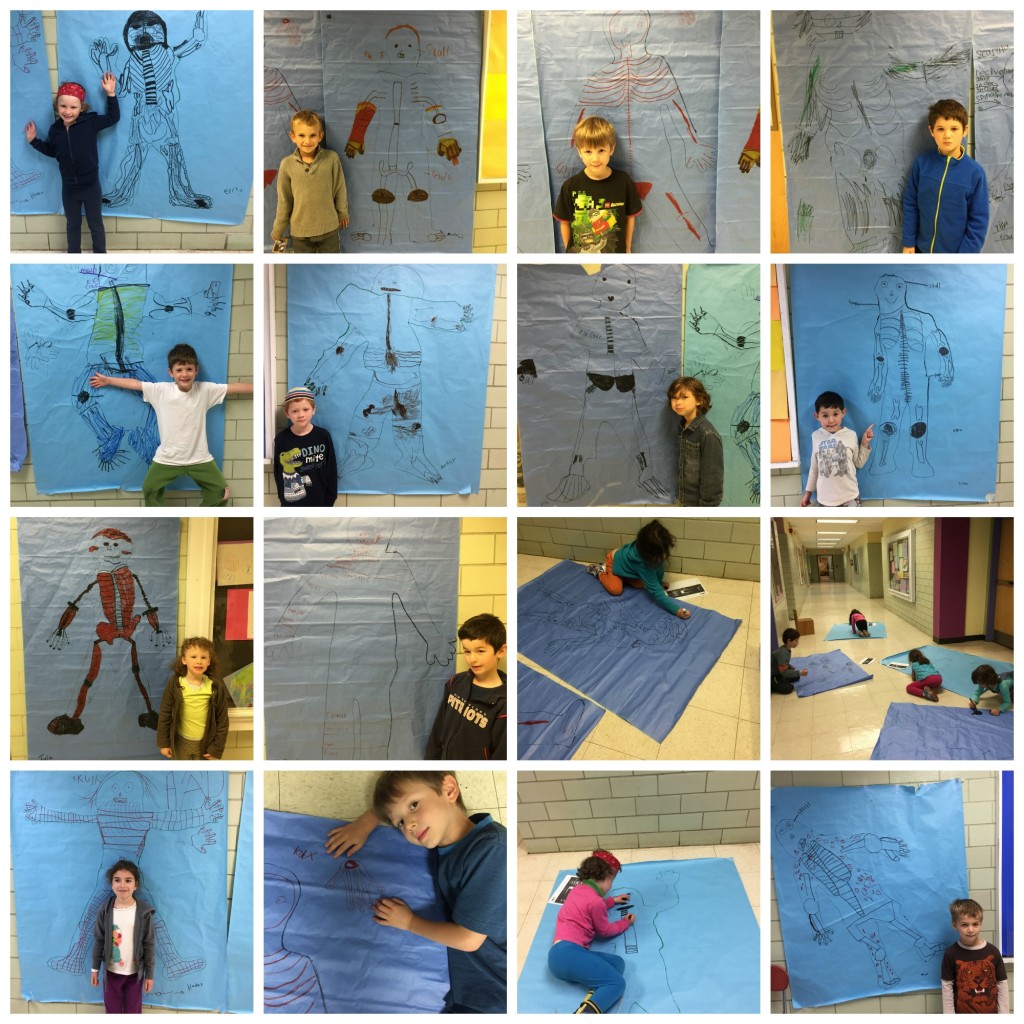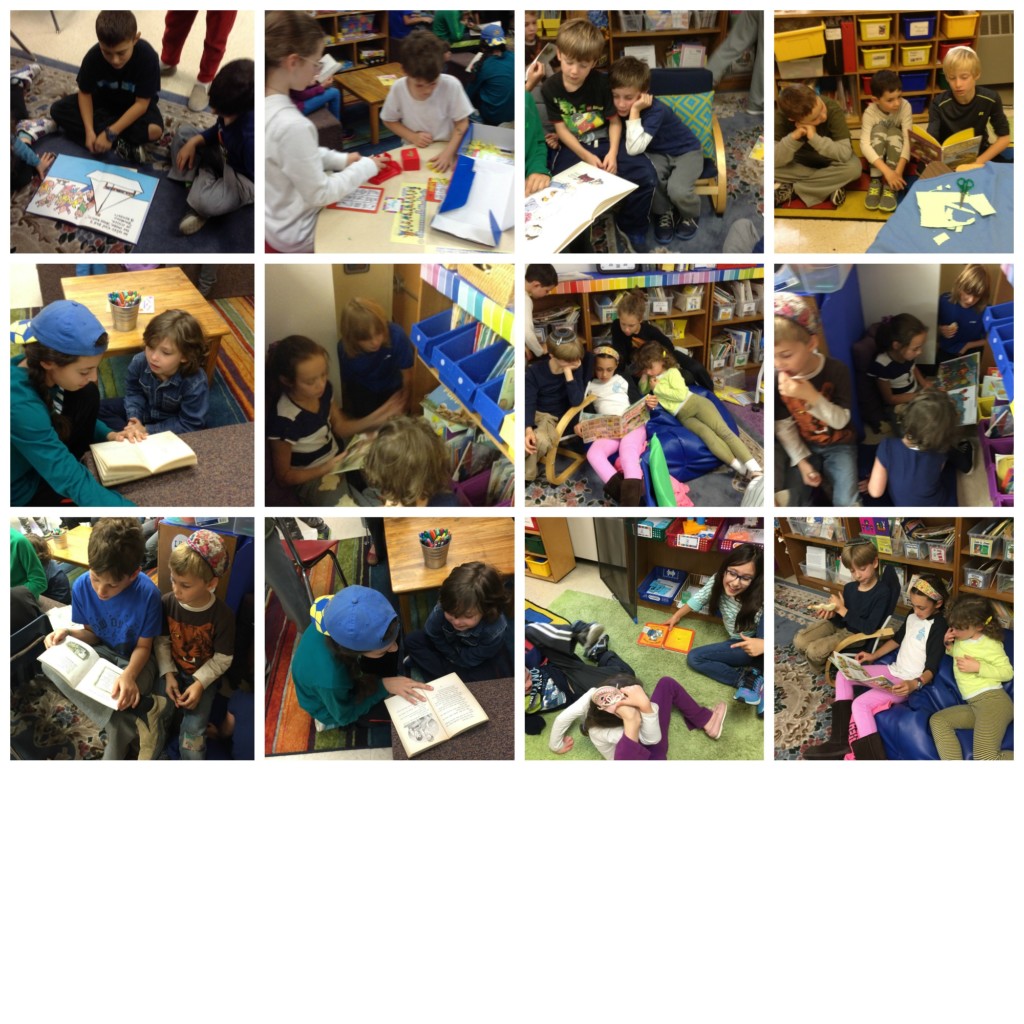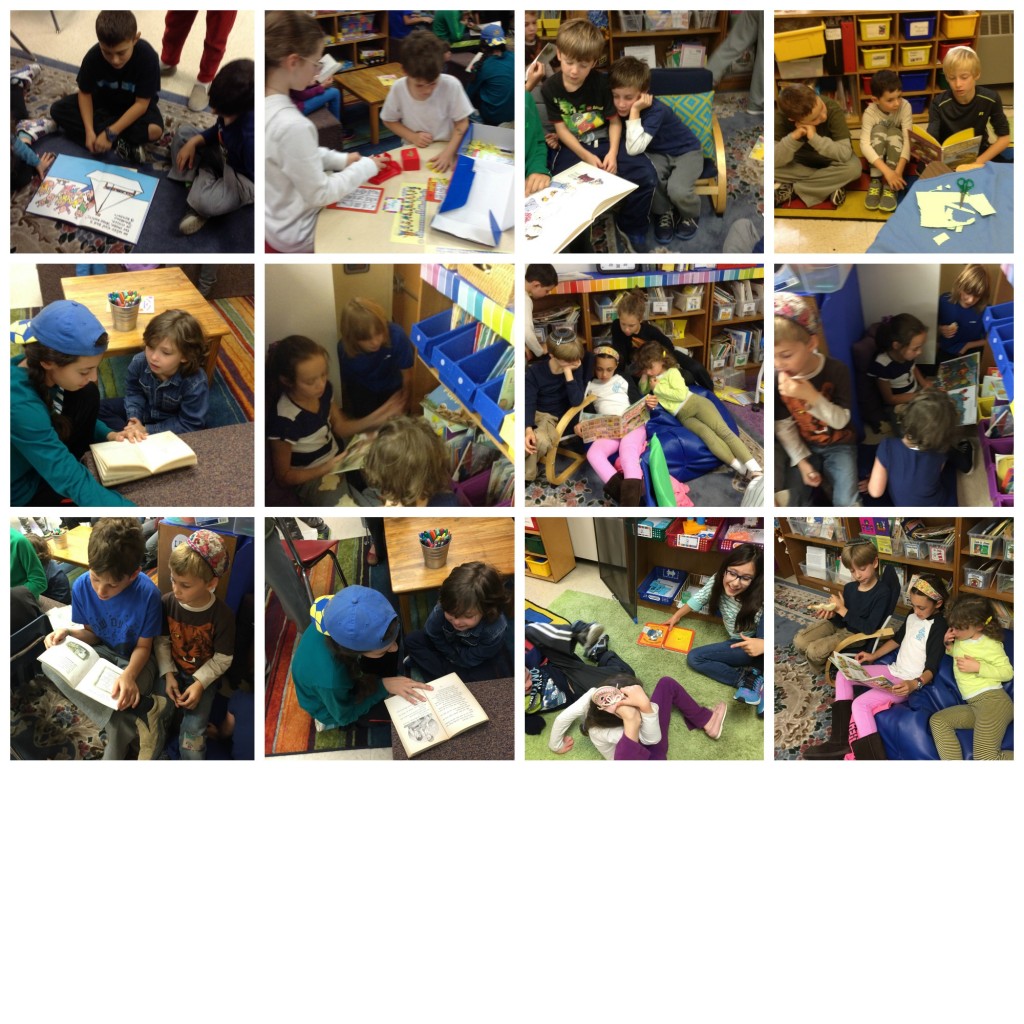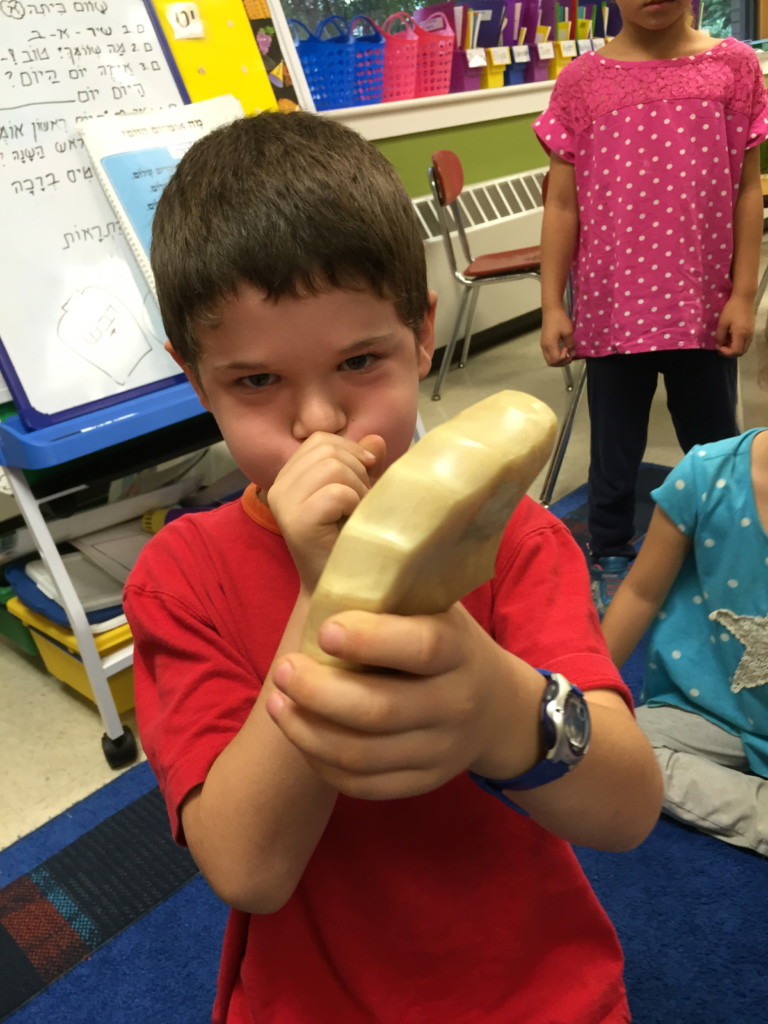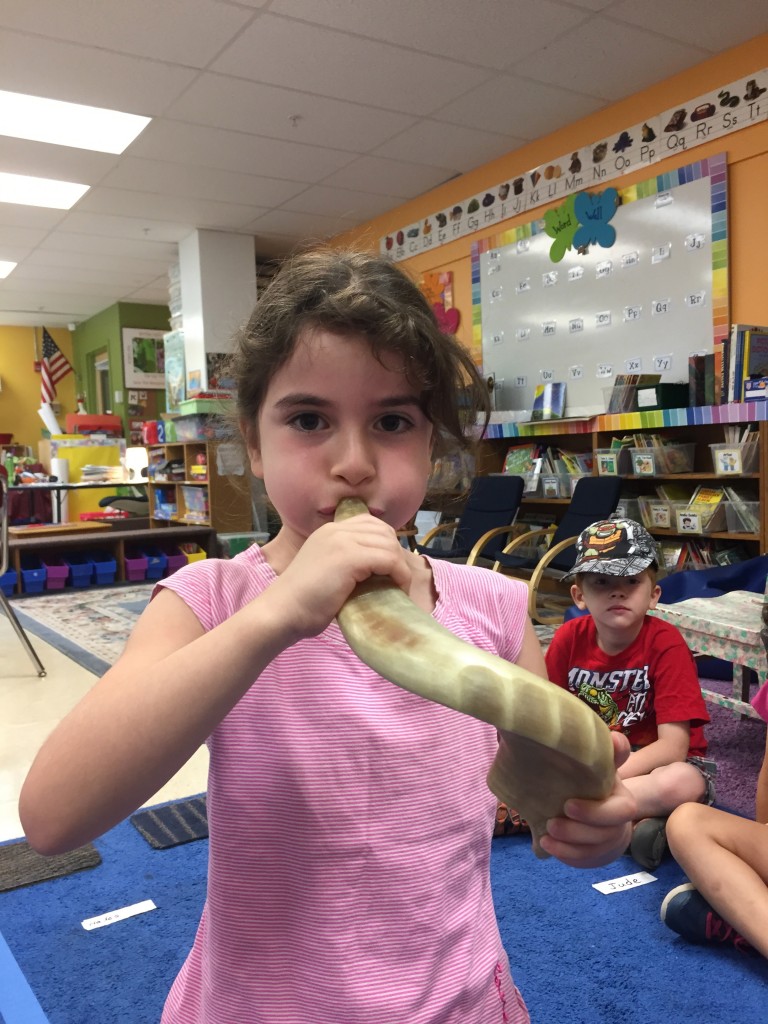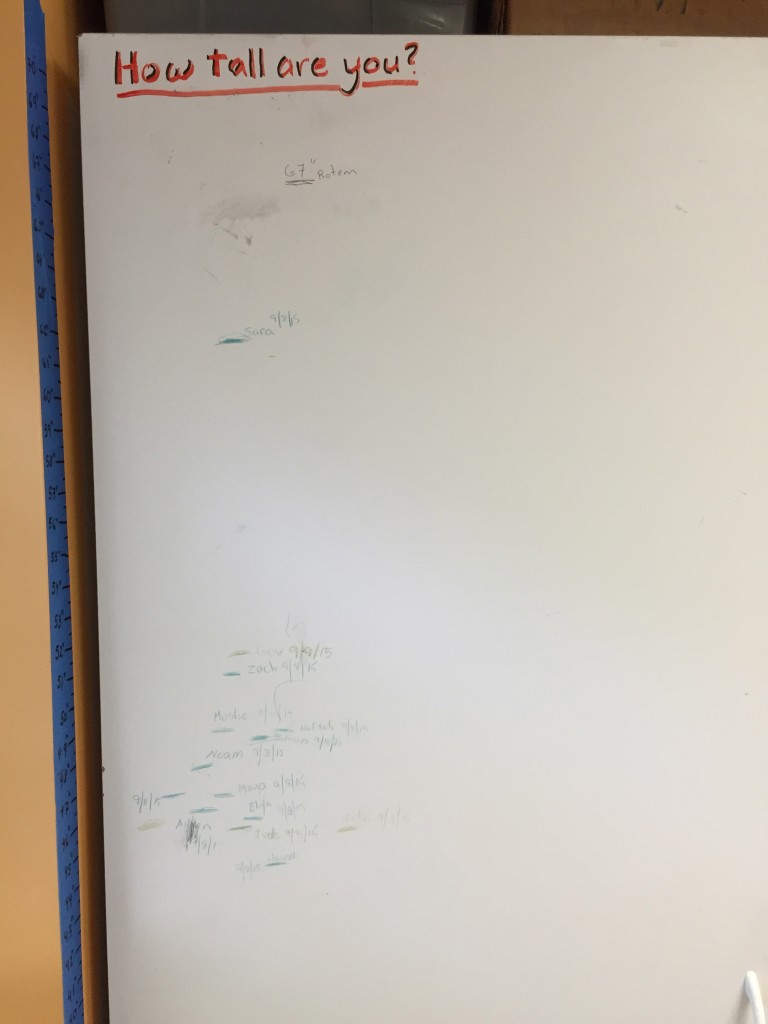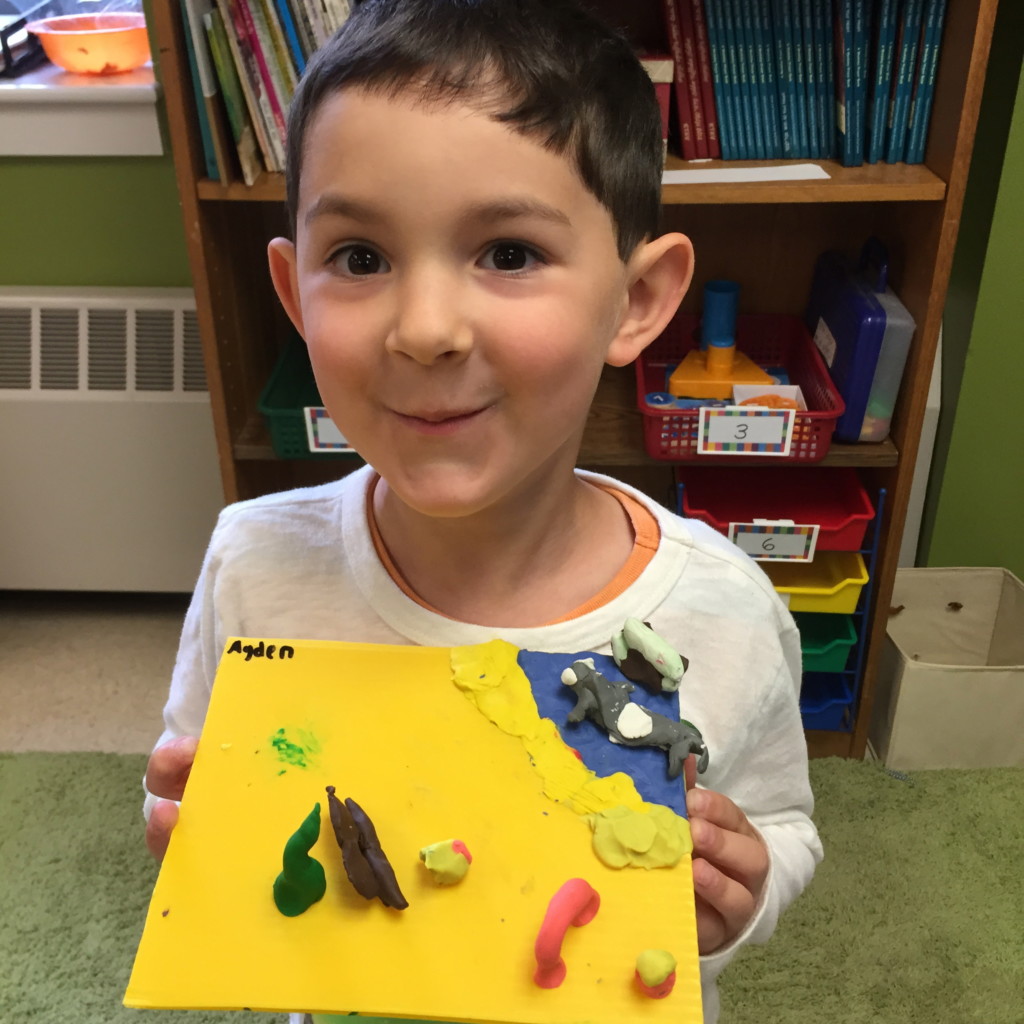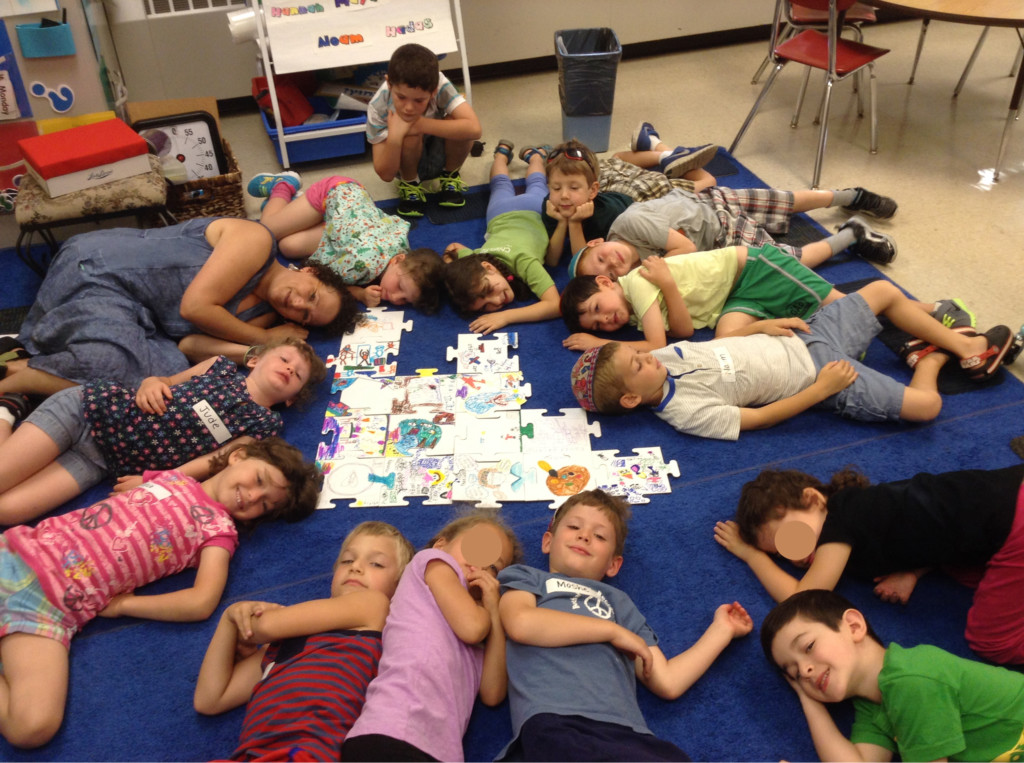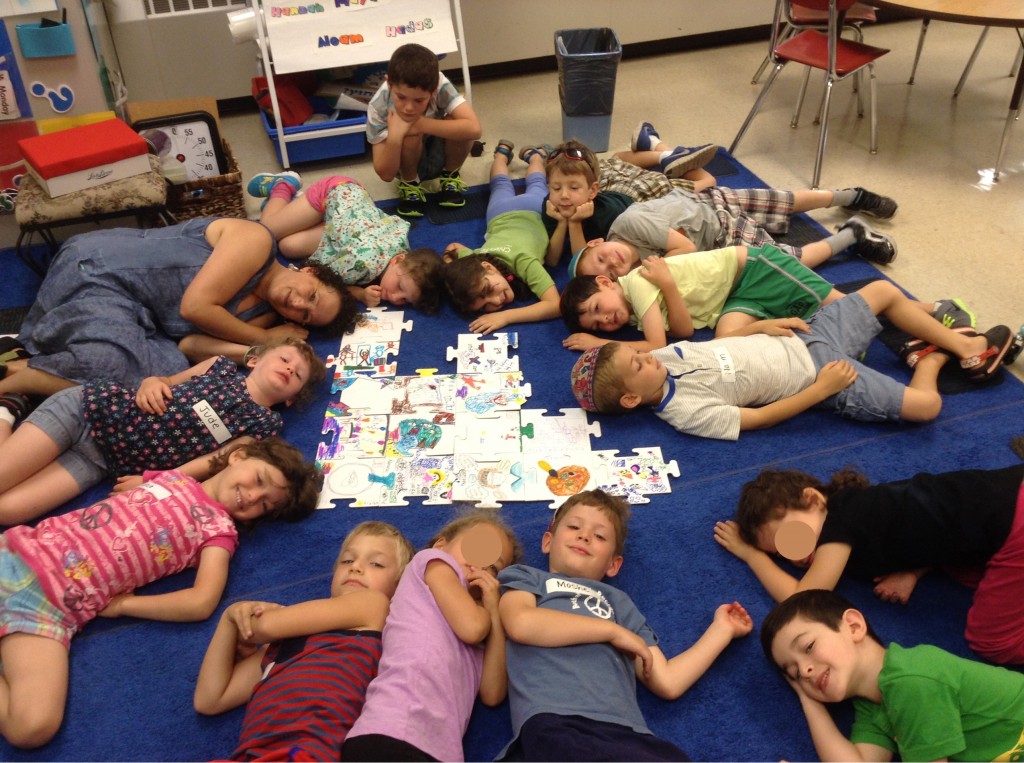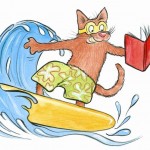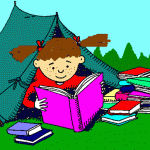The story of Jonah and the whale is traditionally read during the afternoon service of Yom Kippur. The choices Jonah made remind me of many age-developmental traits of a first grader. What a wonderful story full of imagery and important messages!
Our story begins with Jonah running in the opposite direction when God asked him to deliver a message of dire consequences to the people of Nineveh. Jonah buys a ticket to sail away, far from his responsibilities. Perhaps Jonah felt that the task was too hard for him? Sometimes, it is hard to follow directions, especially when you are not sure that you will be successful.
Then, God sends an enormous storm to rage against the boat. The captain finds Jonah asleep and shakes him awake. Ever try to wake an exhausted first grader? – not an easy task! Jonah tells the sailors to throw him overboard because he is the cause of the storm. The sailors are appalled but do as he says.
The sea instantly becomes calm again. God sends a whale to swallow our friend Jonah. Jonah is in the whale for 3 days. Jonah understands the error of his ways, prays and promises to do his job. Jonah is spit out onto the shore near the town of Nineveh.
God reminds Jonah of his responsibilities and this time, Jonah chooses to do as he is told. In the town, he delivers his message and is shocked and annoyed that, since the king and the townspeople are truly sorry for their behavior, God forgives them. Jonah walks away furious and sits on a bench outside of the city. Perhaps Jonah is thinking, “It is not fair! Why did I get punished for 3 days, and they didn’t get punished at all!”
God grows a vine which provides shade for Jonah. His rage slowly disappears, as he is happy to be out of the hot sun. The next day, God sends a worm to eat the vine. Jonah is miserably hot again. He is on full sensory overload.
God points out that Jonah seems to be more upset about the loss of his shade than the destruction of an entire town of people. God reminds Jonah that the people of Nineveh “didn’t know their right from their left” and were truly sorry by showing their repentance through their actions.
We call this T’shuvah in Judaism. Teshuvah is what we do to “fix our mistakes.” Yom Kippur is about second chances, asking for forgiveness and meaning it. Everyone makes mistakes, just like Jonah and the people of Nineveh. God gave them another chance to try again to make good choices. Being a first grader can sometimes be hard, but these social and emotional developments are part of the whole wonderful package that are our six and seven year old children.
Here’s to second chances, beginning the New Year with a clean slate and joy in our hearts.
גמר חתימה טובה
(May you be inscribed (in the Book of Life) for Good)
